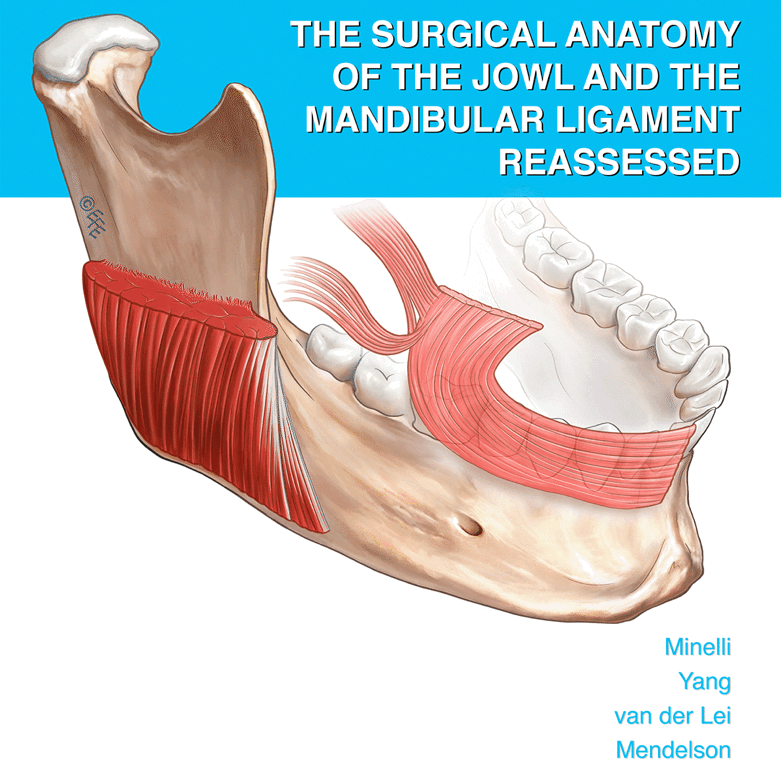Abstract
Temporalis fascia has long been regarded as the ideal graft material for tympanic membrane repair. However it often does not seem to withstand negative middle ear pressure in the post operative period. Tragal cartilage with perichondrium would appear to be a better graft material with good hearing outcome. It can be obtained easily with cosmetically acceptable incision. In the present study, we have compared the graft properties of temporalis fascia verses tragal cartilage perichondrium with respect to healing, hearing and rate of post operative retraction or reperforation. 132 patients of chronic otitis media with pure conductive hearing loss were posted for tympanoplasty. Temporalis fascia graft was used in 71 patients and cartilage perichondrium (composite graft) was used in 61 patients. Post operative healing, hearing and rate of retraction or reperforation was compared for both the graft materials. All the patients were followed up for 2 years. Patients where temporalis fascia graft was used, 60 (84.5%) showed a good neotympanum, 7(9.85%) had reperforation and 5(7.04%) had retraction pockets. Patients where tragal cartilage perichondrium was used, 60(98.36%) showed a healed tympanic membrane and only 1(1.63%) had reperforation. None of the patients showed retraction pocket or cholestetoma. Postoperative hearing was accessed 6 months after surgery. Patients with temporalis fascia graft showed an air bone gap of less than 10 dB in 49 (82%) patients and more than 10 dB in 11 (18%) patients. Air bone gap closure with tragal cartilage perichondrium was less than 10 dB in 45 (78%) patients and more than 10 dB in 13 patients (22%). Tragal cartilage perichondrium (<0.5 mm) seems to be an ideal graft material for tympanic membrane in terms of postoperative healing and acoustic properties. It can easily withstand negative middle ear pressure which may have contributed to the development of otitis media and significantly affect healing outcomes in postoperative period. Tragal cartilage being composed of collagen type II is also physiologically similar to the nature of the tympanic membrane.





Similar content being viewed by others
References
Glasscock ME, Shambaugh GE Surgery of the ear 5th edition pathology and clinical course of inflammatory disease of the middle ear. 21, pp 428–429
Buckingham RA (1992) Fascia and perichondrium atrophy in tympanoplasty and recurrent middle ear atelectasis. Ann Otol Rhinol Laryngol 101:755–758
Milewski C (1993) Composite graft tympanoplasty in the treatment of ears with advanced middle ear pathology. Laryngoscope 103:1352–1356
Yung M (2008) Cartilage tympanoplasty: literature review. J Laryngol Otol 122:663–672
Dornhoffer JL (2006) Cartilage tympanoplasty. Otolaryngol Clin North Am 39:1161–1176
Schuknecht HF (1993) Pathology of the ear, 2nd edn. Lea and Febiger, Philadelphia, pp 191–253
Browning GG, Merchant SN, Kelly G et al (2008) Chronic otitis media. In: Gleeson M (ed) Scott-Brown’s Otorhinolaryngology, head and neck surgery, vol 3, 7th edn. 3423 pp
Browning GG, Merchant SN, Kelly G et al (2008) Chronic otitis media. In: Gleeson M (ed) Scott-Brown’s otorhinolaryngology, head and neck surgery, vol 3, 7th edn. 3420 pp
Goodhill V (1967) Tragal Perichondrium and cartilage in tympanoplasty. Arch Otolaryngol 85:480–491
Heerman HJ, Heerman H, Kopstein E (1970) Faszia and cartilage palisade tympanoplasty; nine years experience. Arch Otolaryngol 91:229–240
Hildman H, Luckhaupt H, Schmelzer A (1996) Die verwendung von Knorpel in der Mittelohrchirurgie. HNO 44:597–603
Adkins WY (1990) Composite autograft for tympanoplasty and tympanomastoid surgery. Laryngoscope 100:244–247
Gibb AG, Pang YT (1995) Surgical treatment of tympanosclerose. Eur Arch Otolaryngol 252:1–10
Lim DJ (1970) Human Tympanic membrane: ultrastructural observation. Acta Otolaryngol 70:176–186
Helmholtz HLF (1868) Die Mechanik der Gehorknochelchen und des Trommelfells. Pfliigers Arch Ges Physiol 1:50–53
Khanna SM, Tonndorf J (1972) Tympanic membrane vibrations in cats studied by time averaged holography. J Acoustic Soc Am 51:1904–1920
Williams KR, Blayney AW, Lesser THJ (1997) Mode shapes of a damaged and repaired tympanic membrane as analyzed by the finite element method. Clin Otolaryngol 126–131
Overbosch HC (1971) Homograft myringoplasty with microsliced septal cartilage. Proc Otolaryngol 33:356–357
Zahnert T, Huttenbrink KB, Murbe D, Bornitz M (2000) Experimental investigations of the use of cartilage in tympanic membrane reconstruction. Am J Otol 21:322–328
Huttenbrink KB (1997) Mechanical aspects of middle ear reconstruction. In: Huttenbrink KB (ed) Middle ear mechanics in research and otosurgery. Department of Oto-Rhino-Laryngology Press, Dresden, pp 165–169
Djalilian HR (2006) Revision tympanoplasty using scar tissue graft. Otol Neurotol 27:131–135
Kaylie DM, Gardner EK, Jackson CG (2006) Revision chronic ear surgery. Otolaryngol Head Neck Surg 134:443–450
Veldman JE, Braunius WW (1998) Revision surgery for chronic otitis media: a learning experience. Report on 389 cases with a long term follow-up. Ann Otol Rhinol Laryngol 107:486–491
Ben GO, Mbarek C, Khammassi K et al (2008) Cartilage graft in type 1 tympanoplasty: audiological and otological outcome. EUR-Arch Otorhinolaryngol 265:739–742
Boone RT, Gardner EK, Dornhoffer JL (2004) Success of cartilage grafting in revision tympanoplasty without mastoidectomy. Otol Neurotol 25:678–681
Moore GF (2002) Candidate’s thesis: revision tympanoplasty utilizing fossa triangularis. Laryngoscope 112:1543–1554
Sismanis A, Dodson K, Kyrodimos E (2008) Cartilage “shield” grafts in revision tympanoplasty. Otol Neurotol 29:330–333
Aidonis I, Robertson TC, Sismanis A (2005) Cartilage shield tympanoplasty: a reliable technique. Otol Neurotol 26:838–841
Bernal-Sprekelsen M, Romaguera L, Sanz Gonzalo JJ (2003) Cartilage palisades in type 3 tympanoplasty: anatomic and functional long term results. Otol Neurotol 24:38–42
Ghanem MA, Monroy A, Alizade FS, Nicolau Y, Eavey RD (2006) Butterfly cartilage graft inlay tympanoplasty for large perforations. Laryngoscope 116:1813–1816
Knutsson J, Bagger-Sjöbäck D, Von Unge M (2009) Collagen type distribution in the healthy human tympanic membrane. Otol Neurotol 30(8):1225–1229
Ross MH, Romrell LJ (1989) Connective tissue. In: Histology: a text and atlas, vol 89, 2nd edn. Williams and Wilkins, Baltimore
Szabo LZ (2006) How can an under laid fascia graft from the middle layer of a reconstructed tympanic membrane? Laryngoscope 116:1674–1677
Author information
Authors and Affiliations
Corresponding author
Rights and permissions
About this article
Cite this article
Chhapola, S., Matta, I. Cartilage–Perichondrium: An Ideal Graft Material?. Indian J Otolaryngol Head Neck Surg 64, 208–213 (2012). https://doi.org/10.1007/s12070-011-0306-7
Received:
Accepted:
Published:
Issue Date:
DOI: https://doi.org/10.1007/s12070-011-0306-7




